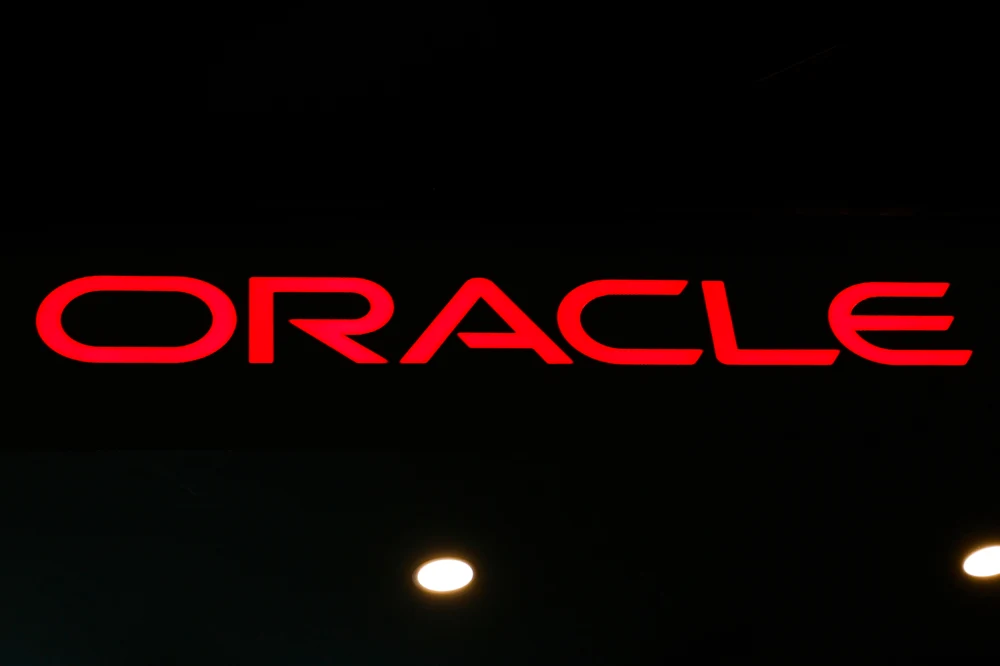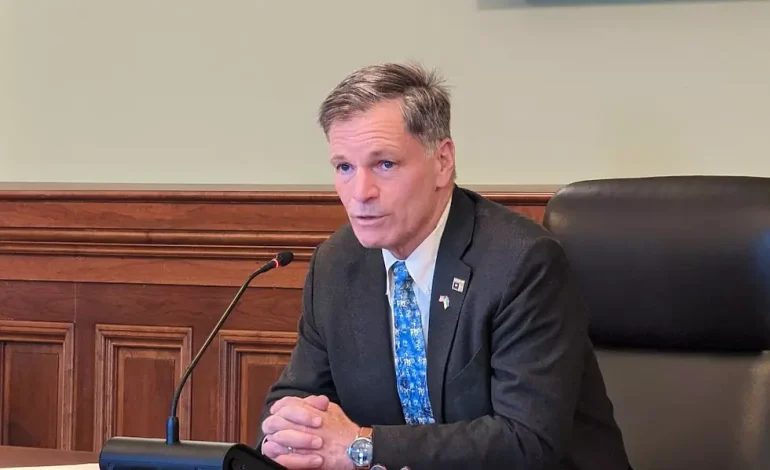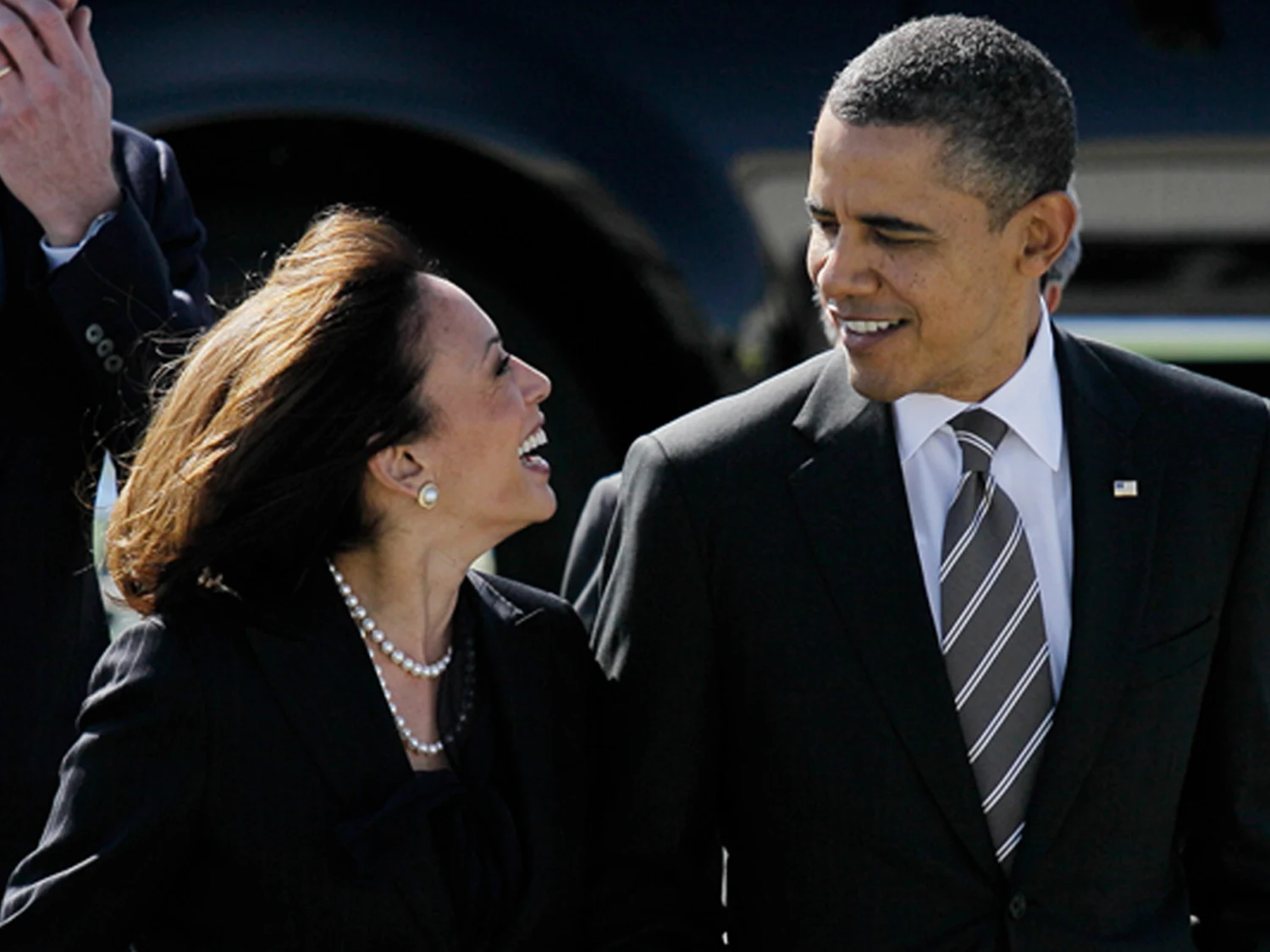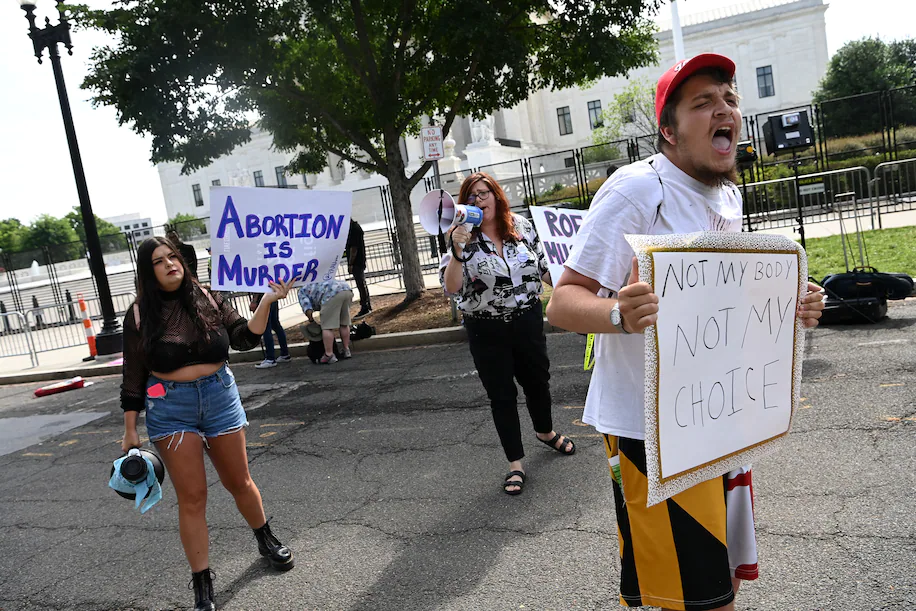KGAB AM 650, the New York Times, and Reuters contributed to this report.
Wyoming’s governor is bracing for a food-aid crunch that could hit as soon as Nov. 1. With Washington gridlocked and the Supplemental Nutrition Assistance Program, or SNAP, on the chopping block during the federal shutdown, Gov. Mark Gordon says the state is exploring stopgaps to keep families fed if the monthly benefits don’t land.
“We are working on ways to provide assistance,” Gordon said in a statement, adding that he expects food pantries, churches and local charities across the Cowboy State to step up if the federal spigot closes. “We in Wyoming know how important it is to solve problems… I have no doubt that Wyoming citizens will help by donating to their local food pantry, church pantry and charitable organization.”
SNAP is the country’s largest anti-hunger program, a USDA-run benefit that helps low-income households buy groceries. In Wyoming, roughly 29,000 people in about 13,000 families rely on it, with an average benefit around $386 per month per household. Those dollars are basic lifelines: milk, meat, eggs and produce in the cart instead of on a wish list. They’re also economic fuel that runs through Main Street grocers and big-box checkouts alike.
The immediate problem is timing. The shutdown has stretched to 28 days, and after the Senate fell short again on a GOP spending measure — 54–45, shy of the 60 votes needed — USDA has warned that “the well has run dry.” Unless Congress reopens the government or authorizes another workaround, the department says there will be no SNAP disbursements on Nov. 1. That would be unprecedented in the program’s six decades of operation and a gut punch for families whose budgets don’t have room for delay.
Wyoming officials aren’t waiting to see what happens in DC. State agencies are mapping out contingency options with community partners while they gauge how many households would face immediate hardship. The private side is already shifting into high gear. Food banks and church pantries can surge hours and inventory for a while, but they can’t replace a federal program that serves one in eight Americans. Local organizers say donations help, volunteers help, but scale matters most — and SNAP is scale.
The showdown is broader than Wyoming. A coalition of more than two dozen states, led by Democratic attorneys general and governors, has sued the Trump administration over USDA’s refusal to tap contingency reserves for November benefits during the shutdown. They argue the Food and Nutrition Act obligates the government to provide aid to eligible households and that billions remain in a reserve specifically designed for emergencies and shortfalls. The administration has countered that those funds aren’t legally available under current shutdown rules except in limited cases such as natural disasters. On its public website, USDA posted a blunt banner:
“At this time, there will be no benefits issued November 01.”
The legal fight is on a fast track, with states asking a federal judge to force USDA to use the contingency pool to keep benefits flowing while the larger budget battle plays out. If they win, it could avert the immediate crisis in at least those jurisdictions, though the relief might be partial and temporary. If they lose, the country’s food-aid infrastructure will lurch onto the shoulders of nonprofits, grocers, and state emergency funds — the kind of patchwork that frays quickly in rural states like Wyoming, where distances are long and pantries can be hours apart.
Behind the legalese are hard numbers and everyday trade-offs. SNAP averages about $187 per person per month nationally and costs roughly $8 billion monthly, which sounds massive until you slice it per meal. The average benefit stretches to just a few dollars a day in most states. In Wyoming, the $386 household average has to cover an entire month’s food — and that’s before you account for inflation at the store or the extra miles some rural families drive to reach a supermarket. A missed payment isn’t a nuisance; it’s bare cupboards and skipped dinners.
Politically, this is a collision of narratives in an election-heated Capitol. The administration has been eager to keep funding flowing to programs it considers core, from border operations to subsidies for farmers, while sharpening knives for others. SNAP, a frequent target in conservative budget plans, sits in that second camp. But the program also has a long bipartisan pedigree, and many Republicans and Democrats alike had urged USDA to deploy its reserve to blunt the shutdown’s blow. That didn’t happen, at least not yet.
States are improvising. Louisiana’s governor signed an emergency order to bridge a few days of benefits with state money while lawmakers race to unlock more reserves. Other governors are studying similar moves, though the political appetite and fiscal capacity vary widely. Even the most ambitious state plans, however, can’t cover a sustained federal lapse. Nonprofits warn they’re already stretched, and grocers worry about the whiplash to sales if millions of dollars in electronic benefits suddenly don’t show up on the first of the month.
That’s the backdrop for Gordon’s message. Wyoming doesn’t control SNAP’s purse strings, but it does control its community response. Expect the state to keep troubleshooting with food banks, tribal partners, schools and churches, and to elevate where residents can give or volunteer. Expect local officials to keep pressing Washington for clarity before Nov. 1, because uncertainty is its own kind of crisis for a family planning a week of meals on a fixed budget.
There’s a simple throughline here that cuts across the politics and the courtroom filings: food is not optional. If Congress reaches a deal and USDA pays out, Wyoming families exhale and the system hums. If not, the state’s civic muscle will be tested, hard and fast, and the question shifts from whether to how long the patchwork can hold.










The latest news in your social feeds
Subscribe to our social media platforms to stay tuned